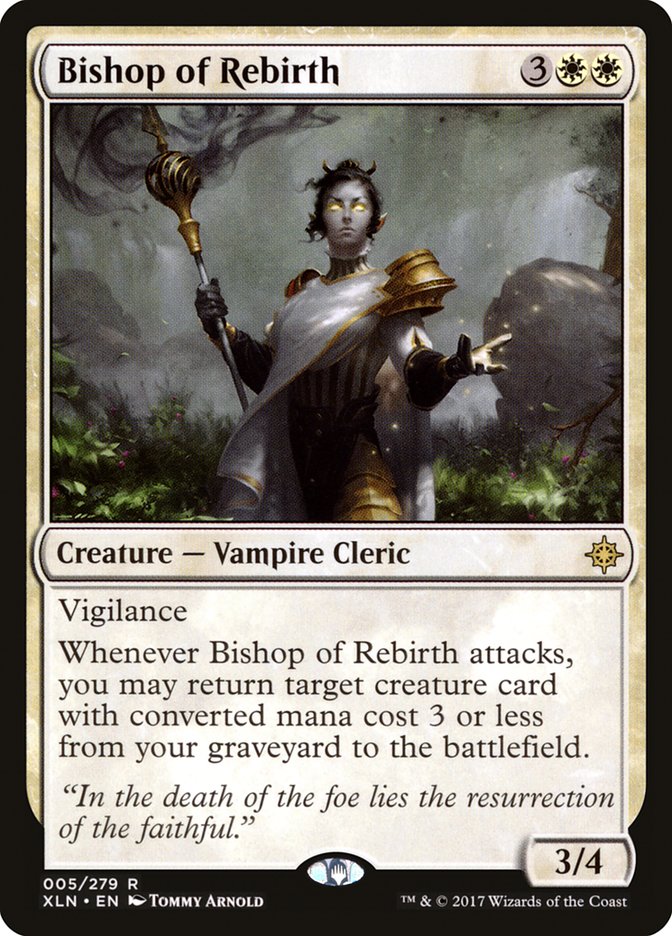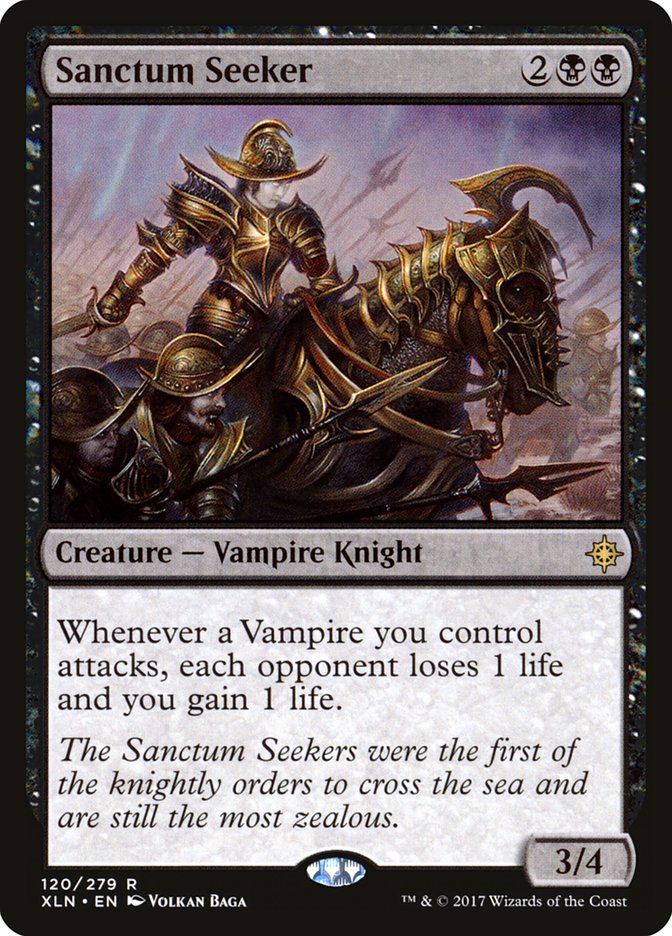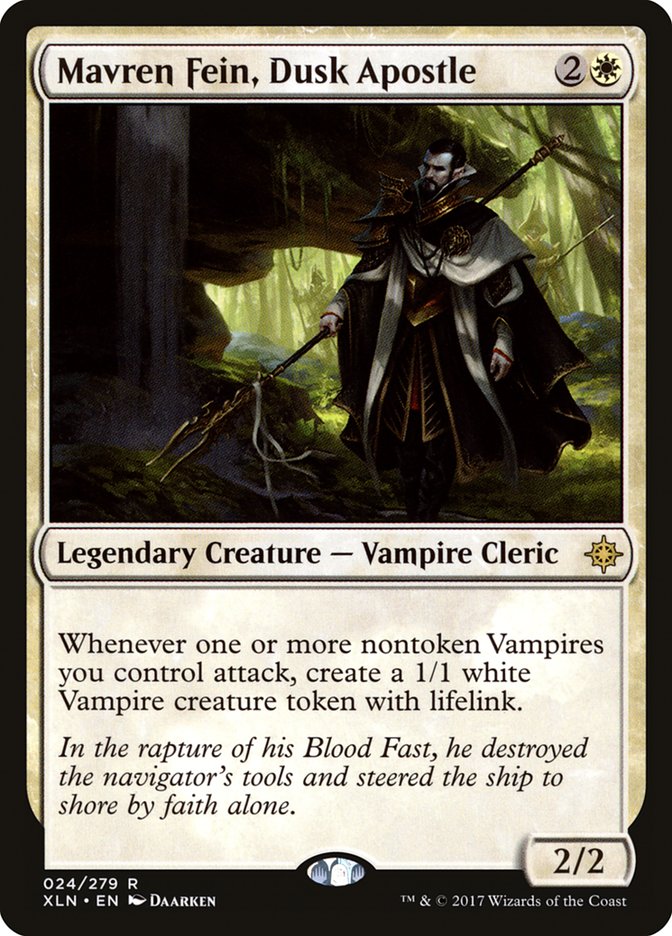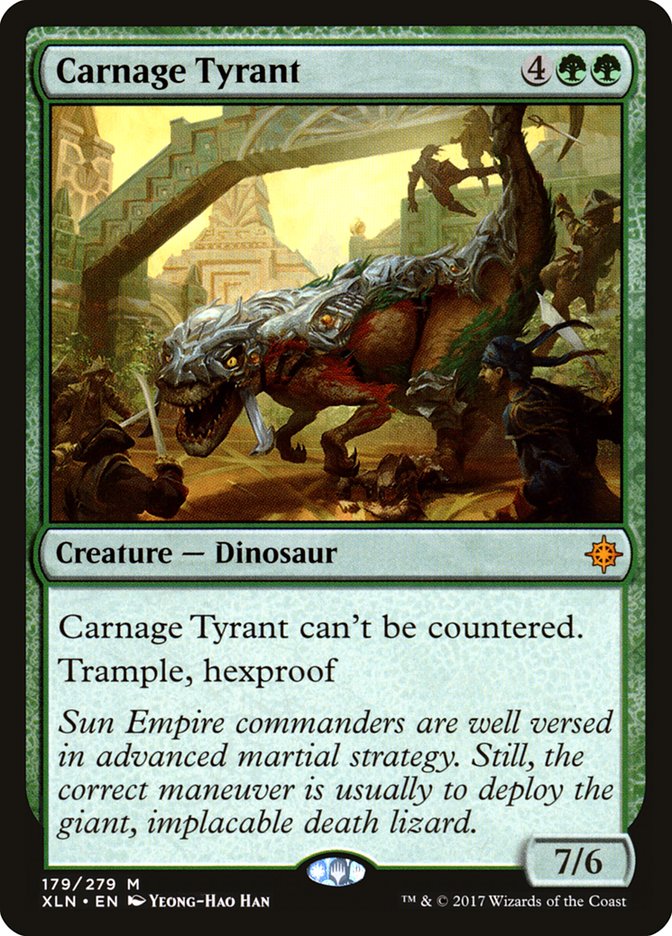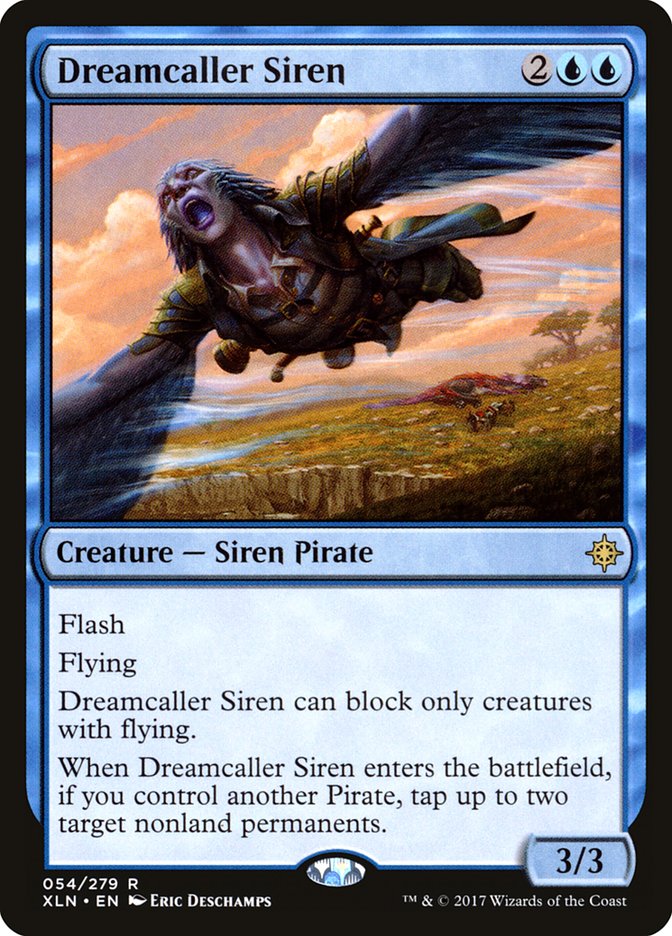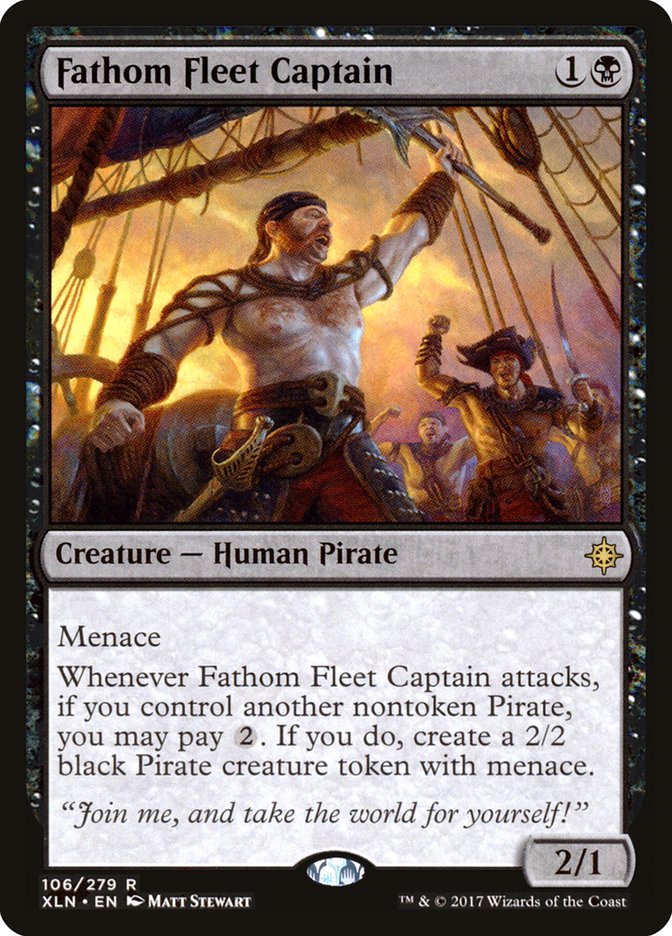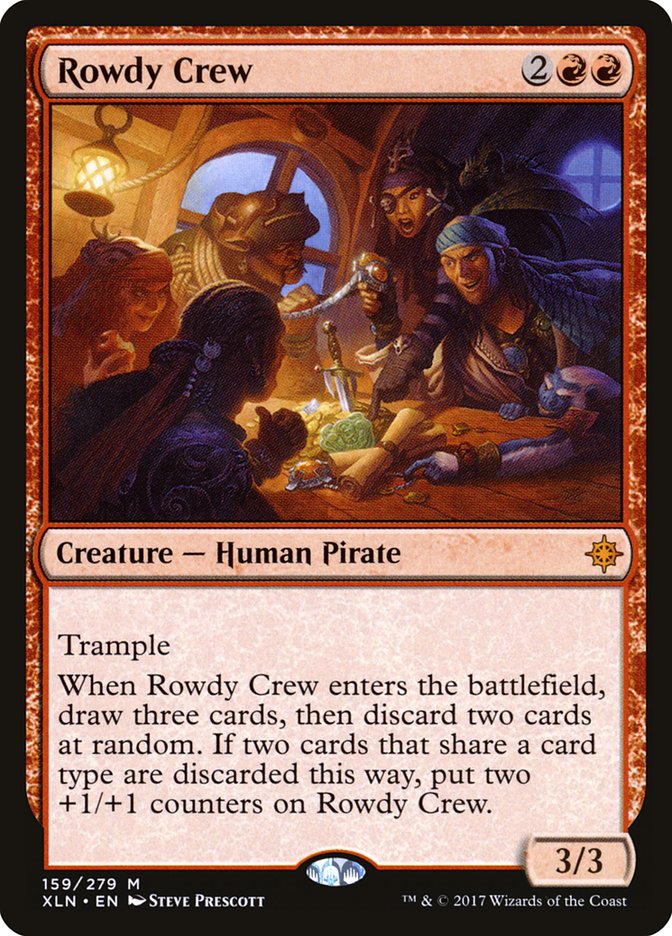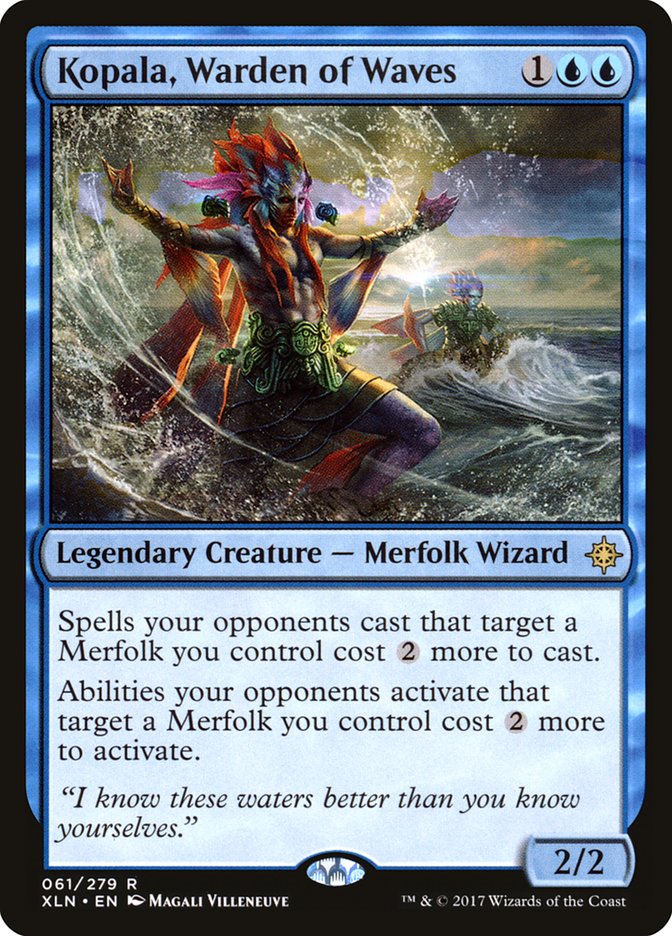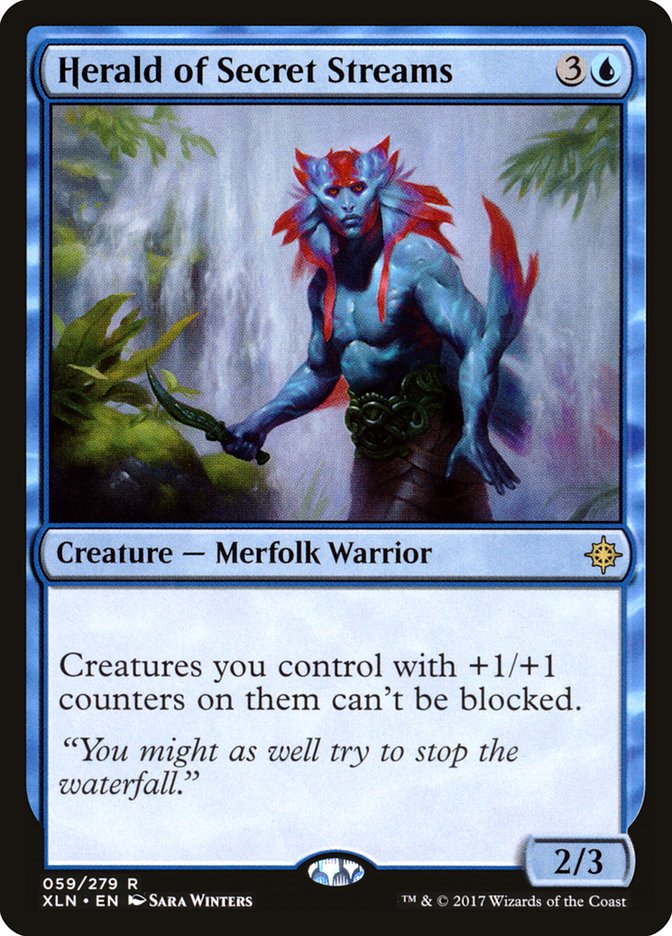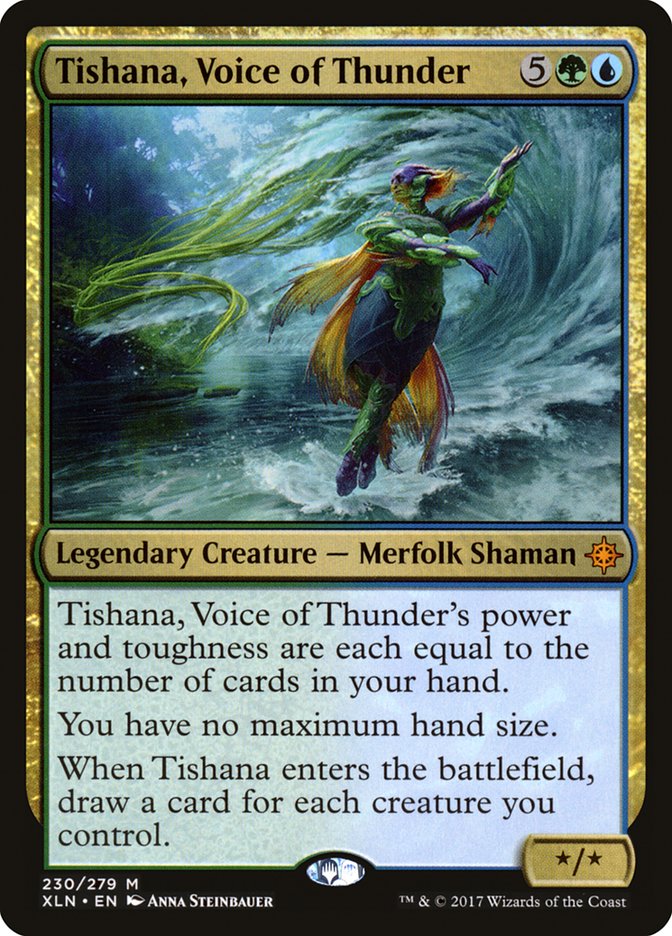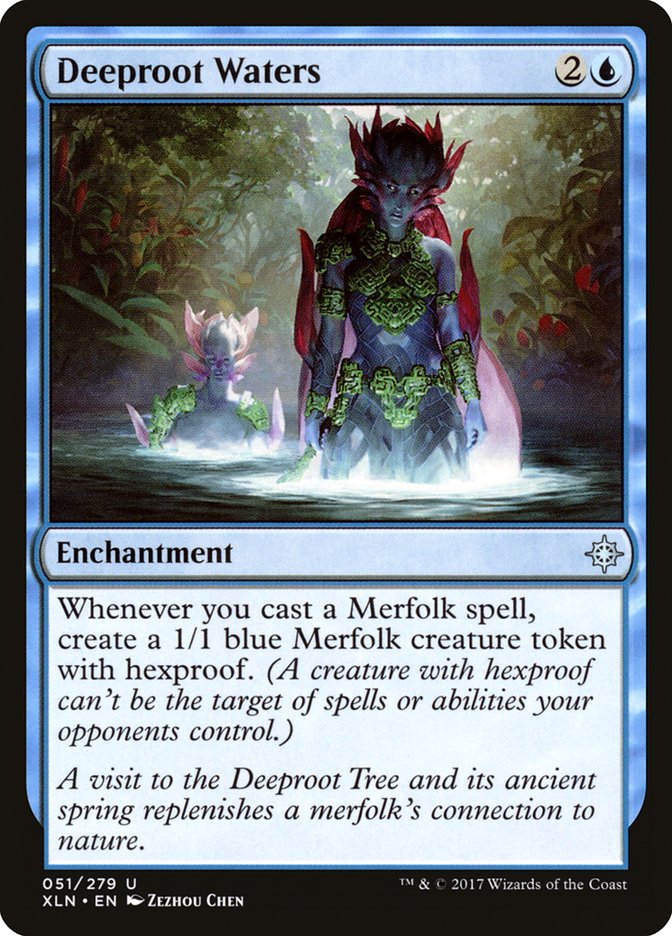Ixalan Sealed is a blast. The worldwide Prerelease isn’t for another couple of days, but I’ve already had the opportunity to play it.
How?
Last weekend I took a trip to Canada for the Loading Ready Run Pre-Prerelease, and it was the best trip I’ve ever taken for Magic. On top of being treated like royalty by the entire LRR crew, it was an excuse to get to play with the new cards from Ixalan a week ahead of time!
This means that I’ve had the opportunity to play a bit with the cards and figure out how they interact with one another. It only seems fair that I share that information, and with a decent amount to cover, let’s jump in!
The Tribes
The most common question floating around the Internet is, “Which of the upcoming tribes is the best?” The short answer is that there isn’t a best tribe. What this means is that, depending on a how a pool looks, the best tribe for a particular Prerelease pool can change pretty drastically. Understanding what gameplan your deck is most likely to be able to accomplish is important for choosing the tribe you should try to build around.
One of the nice things about Vampires is that most of the cards tend to stand on their own. Sanctum Seeker, for example, is at least a Hill Giant with upside; Mavren Fein, Dusk Apostle triggers itself; and so on.
Vampires tend to be the go-wide aggressive strategy of the format, playing more like a base-white deck with black cards rather than the other way around. This reasoning stems from all of the Vampire cards that either generate more bodies (Legion Conquistador) or create some sort of payoff for having so many creatures on the battlefield in the same vein as the aforementioned Sanctum Seeker.
Unsurprisingly, Dinosaurs occupy the “ramp and jam colossal things” archetype in the Limited format. A fair chunk of their cards involve bridging the gap to the bigger Dinosaurs, a la Kinjalli’s Caller or Ravenous Daggertooth, or augmenting the prehistoric ground-pounders once they’ve hit the battlefield (think Savage Stomp and Dinosaur Stampede).
Pirates tend to play out as the tempo deck of the format, adopting a sort of U/W Skies feel. The Raid mechanic being exclusively stapled to Pirates and in Grixis colors communicates Wizards of the Coast’s plan for the tribe to be at its best when it’s attacking.
Most of what these decks are really trying to do is stick an early evasive threat for the sake of enabling Raid and then use that threat to keep their Raid spells turned on (read: overpowered and undercosted).
Merfolk is likely the hardest tribe to get into because its cards are significantly more synergy-driven than everything else. That’s to say that a fair chunk of the “Merfolk matters” cards do little-to-nothing without other Merfolk to play with. Other tribes don’t have this type of hurdle: the Raid creatures don’t require Pirates to have attacked, any lands can cast most Dinosaurs, and so on.
The tradeoff for this is that the Merfolk synergy-based cards are bananas. Look at this:
I’ve played a lot of Oketra’s Monument in my day, and in the context of Limited, this isn’t far off. The tokens having hexproof is a pretty big game as well.
Herald of Secret Streams is another example of a card that really asks its controller to utilize the Explore mechanic for any kind of upside, yet is a nigh-unbeatable bomb with just a couple of Jade Guardians or Tishana’s Wayfinders.
Building With More Than Individual Cards in Mind
While cracking packs for a Prerelease, I tend to go ahead and pull “cards I know I’ll never play” and put them to the side for organizational purposes. On the flipside, there are a handful of other cards that I’ll put into the opposite category. Cards like Evolving Wilds are going to make it into my deck no matter what. They’re versatile, they’re cost-efficient, and they tend to lend themselves to most decks that one can play in a Limited event as a result.
Sleek Schooner was one of the first cards that stuck out to me in the previews that seemed ubiquitously playable. Imagine my excitement when I opened a pair of the Renegade Freighter redux!
Except there were five two-drop creatures in the entire pool.
This instantly forced me to rethink if I was supposed to force this card in my deck because it was something that I “knew” to be good, or if it was better to leave it on the sidelines.
Spoiler alert:
Creatures (11)
- 1 Ravenous Daggertooth
- 1 Ranging Raptors
- 1 Thundering Spineback
- 1 Charging Monstrosaur
- 1 Captivating Crew
- 1 Brazen Buccaneers
- 1 Emissary of Sunrise
- 1 Ixalli's Diviner
- 1 Nest Robber
- 2 Spike-Tailed Ceratops
Planeswalkers (1)
Lands (17)
Spells (12)

The absence of lower-cost creatures in my pool told me a few things that strongly influenced my deckbuilding and the cards I needed to play as a result:
- Pirate- and Vampire-based decks were off the table. Without any kind of reliable early curve, it would be hard to turn on Raid or enable the go-wide strategies that each deck required in order to function.
- The previous point meant that I would have to be able to function in the late-game, as all of the games that I won would progress to that point.
- Being forced into late-game scenarios meant that I would likely just have to try to force all of my Dinosaurs into my deck in order to have staying power in the later turns of the game.
- Playing in the late-game meant that the deck would have to be better-equipped to fight opposing bombs.
All of these points can be seen reflected in the deckbuilding: Dinosaur-based due to the late-game, the white splash for unconditional removal, and the black splash for one of the most powerful bombs in the set.
Building a deck, rather than propping up single cards, is generally going to be better in this format. Most of the archetypes tend to be relatively aggressive, and in order to beat synergy-driven tribal strategies, it isn’t reasonable to cross one’s fingers and hope that a single card will be able to outclass everything that each opponent will do.
Dinosaurs in general are going to lower the value of a high percentage of cards that would otherwise be considered bomby. It’s hard to have a creature and know that it will definitely rule the battlefield when there’s an eight-mana 9/9 at common.
Sizing
One of the more important things to understand about a Limited format is the relevant sizing of creatures.
This means understanding how much toughness is generally going to be enough for a creature to be a great blocker, and how much power a creature is going to need in order to break through most blockers. It can also be relevant when comparing the size of creatures versus the most common damage- and toughness-specific removal spells in the format.
In this format, four toughness tends to be a fantastic stat to have. A fair chunk of the not-Dinosaur creatures have two or three power naturally, and that magic fourth point of toughness is going to translate to a larger number of muddied combat steps for the opponent.
Seriously, there are 35 creatures with three power and only ten non-Dinosaur creatures with exactly four. Dinosaurs are excluded as the archetype tends to go over the top of most creatures, and anything with more than four power is starting to get into “bomb” range.
The removal in this set tends to have a lot of unconditional removal, but there’s something that a fair chunk of the conditional removal has in common: being bigger than an X/3 is generally going to be good enough.
- Three cards care about one toughness: Skulduggery, Dual Shot, and Atzocan Archer.
- Four cards care about two toughness: Elaborate Firecannon, Storm Fleet Pyromancer, Fiery Cannonade, and Slash of Talons.
- Four cards care about three toughness: Repeating Barrage, Dark Nourishment, Burning Sun’s Avatar, (un-raided) Firecannon Blast, and Lightning Strike.
- One card cares about four toughness: Unfriendly Fire.
By having a fourth point of toughness, almost all of the conditional, toughness-based removal in the set will be blanked. Make sure to value creatures accordingly during the deckbuilding process. A vanilla 1/4 has the ability to be better to outclass a vanilla 2/3 in a large number of cases, particularly if a deck is interested in getting to the later phases of the game.
First Impressions of Format Trends
After playing three Drafts and a Sealed tournament, I can’t say that I have the largest sample size, but anybody who was with me at the Pre-Prerelease can attest to the fact that, when I wasn’t playing, I was glued to other people’s games. All of the games I’ve seen have given me an idea of some things that I want to watch out for in-game and how to plan my games based on my opponents’ cards.
Combat tricks, for example, are much worse in this format than they were in Amonkhet and Hour of Devastation Limited. This set has a healthy amount of instant-speed removal, which gives those who play combat tricks a higher propensity to be blown out mid-combat.
U/B Pirates has the most efficient card advantage and selection. Between March of the Drowned, Deadeye Tormentor, Storm Fleet Spy, and similar cards, it is difficult to out-card this deck. The best way to fight it will be through outclassing their threats on the battlefield, as the creatures themselves are relatively fragile.
The prevalence of removal in the format means that Spell Pierce may be playable as a one-of, but don’t fall for the “It’s playable in Eternal formats, so it must be great in Limited” trap.
Understand during which phase of the game your deck wants to try to beat the opponent. Each deck tends to have a window to be able to beat every other archetype, but misidentifying that window or turning a corner to slowly can result in a game loss. The tribal synergies throughout the set can wildly shift battlefield advantages from one player to the other from draw step to draw step. Playing too defensively when one should be sacrificing resources to kill the opponent, or too offensively when preserving life should be the goal, are big mistakes that I saw cost almost every single person at least one game during last weekend’s tournament.
Have Fun!
Similar to the last few Limited formats we’ve had, if there’s anything I learned this weekend, it’s that the games are interesting. The cards are complex, and the synergies demand the attention of both players in any given game to weigh the power level of each card individually, rather than compartmentalizing some of the more basic terms we tend to use, “Grizzly Bear with upside” and so on.
Regardless of wins or losses, get the most out of your Prerelease by playing with things you enjoy and cards that lend themselves to the best play experience. Sometimes that means playing as many aggressive red creatures as you can find in six packs, and other times that means five-color removal spells. The most exciting thing about Ixalan is that it has a little bit of something for everyone…and you’re part of everyone, right?


